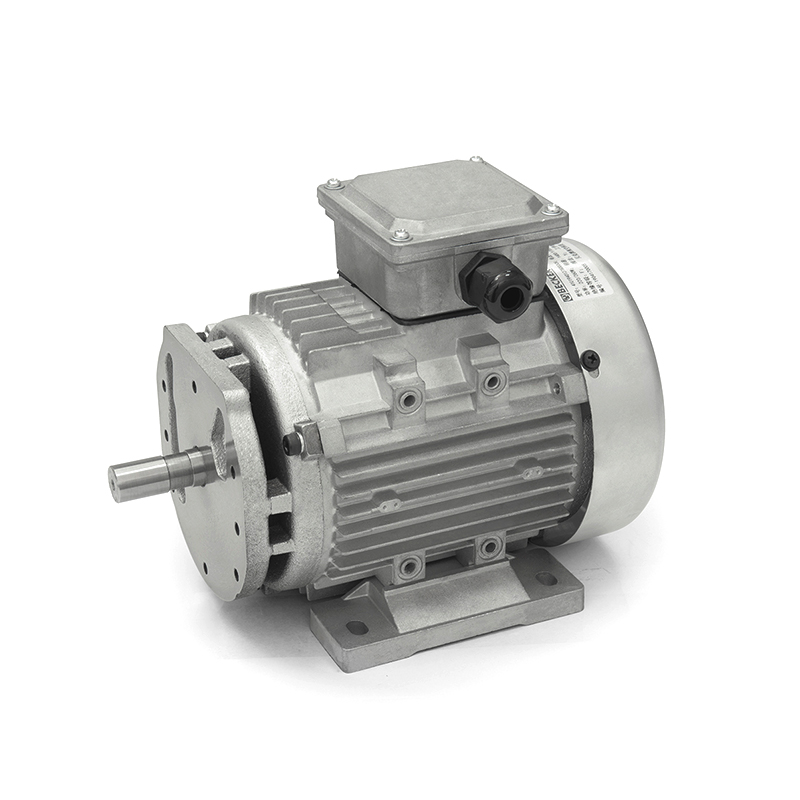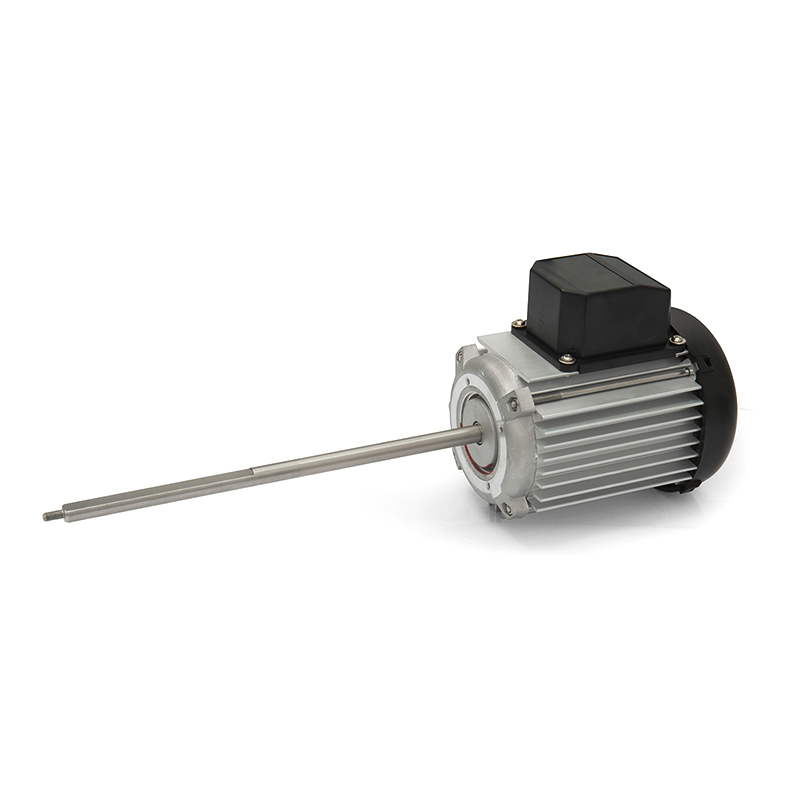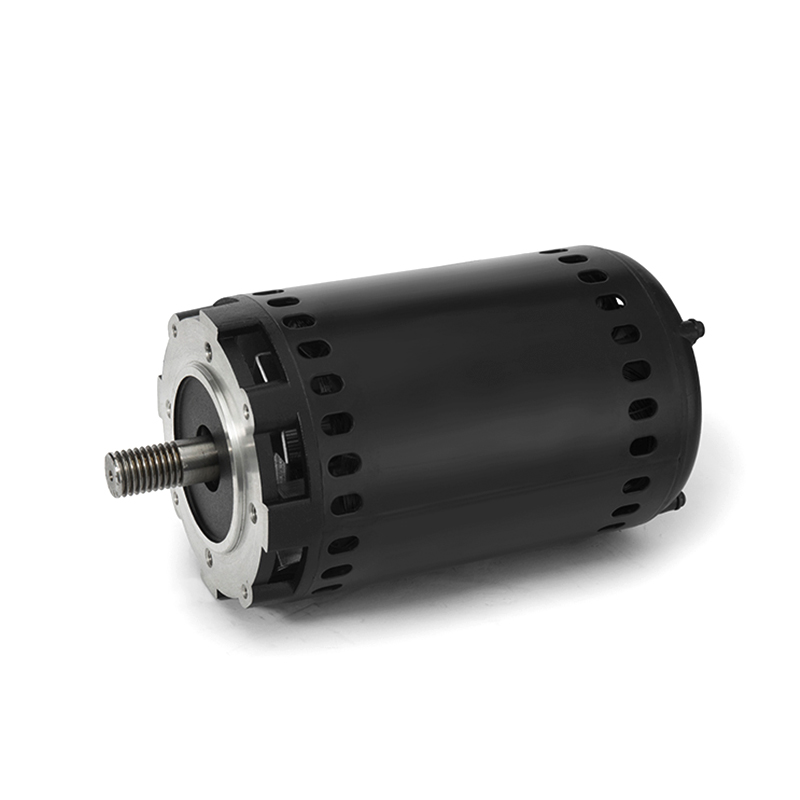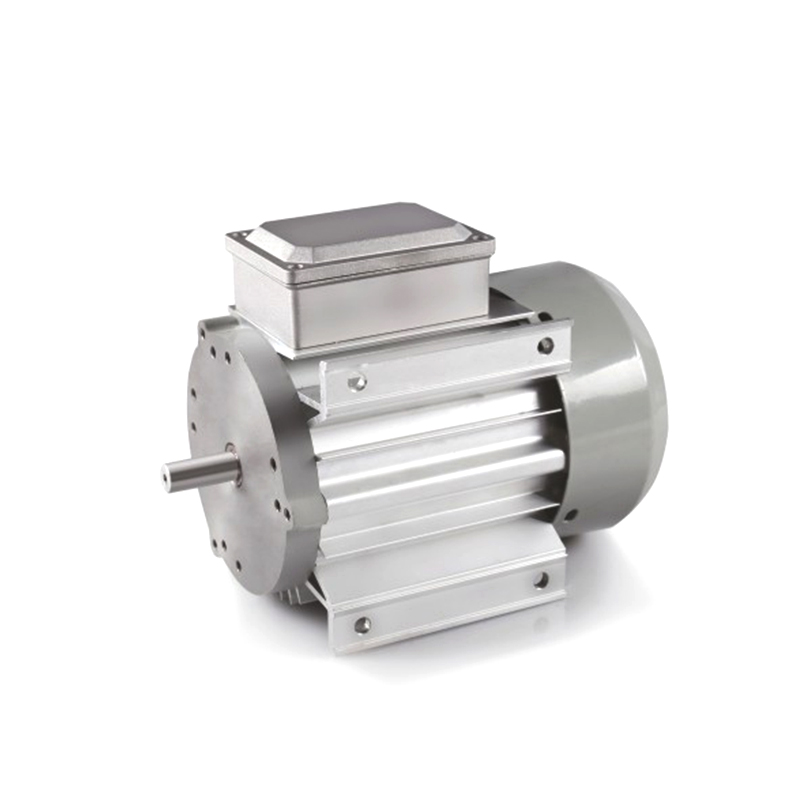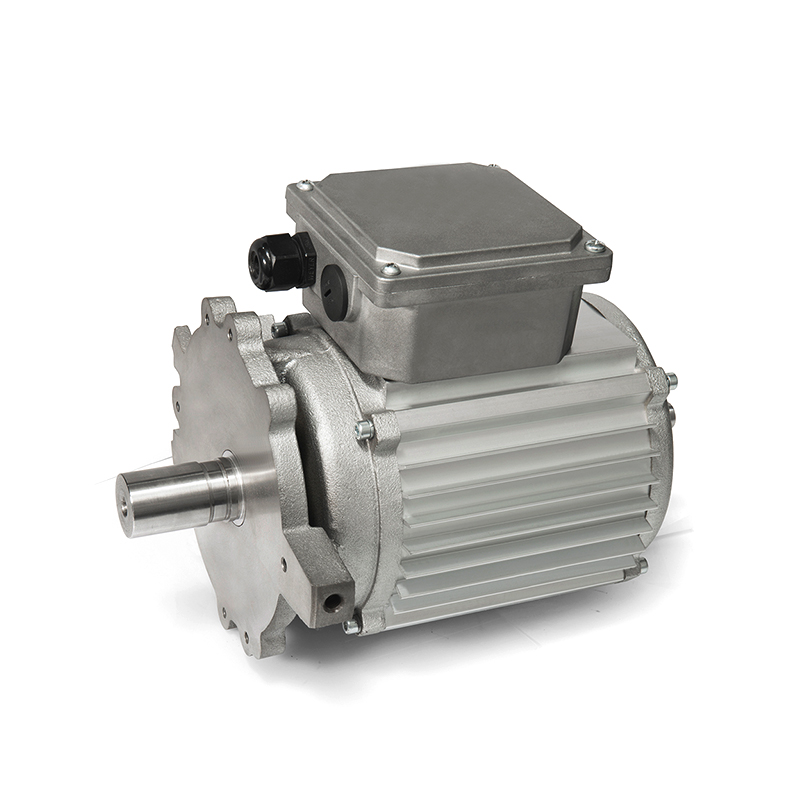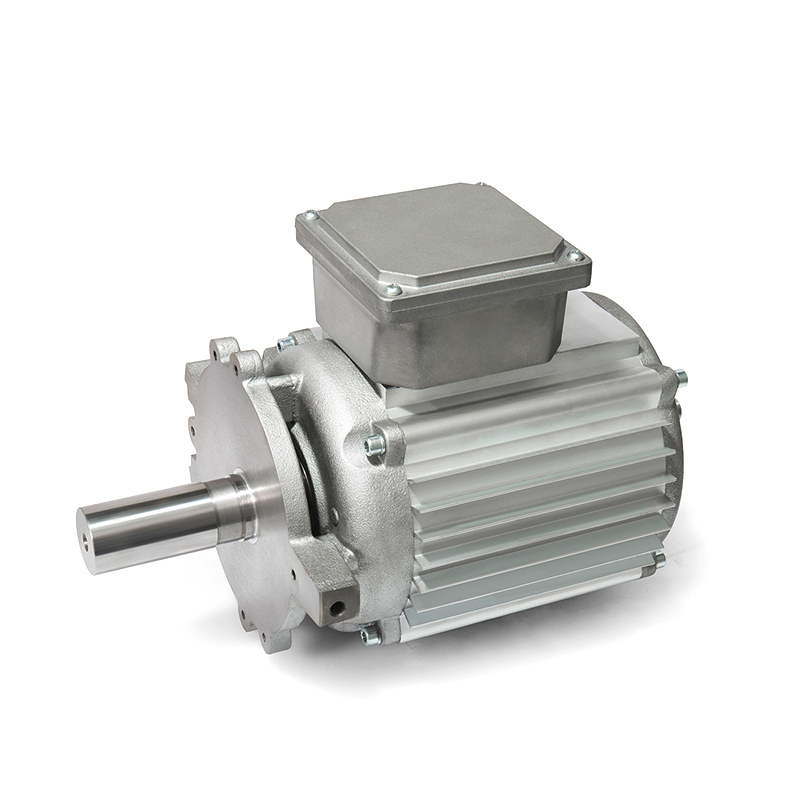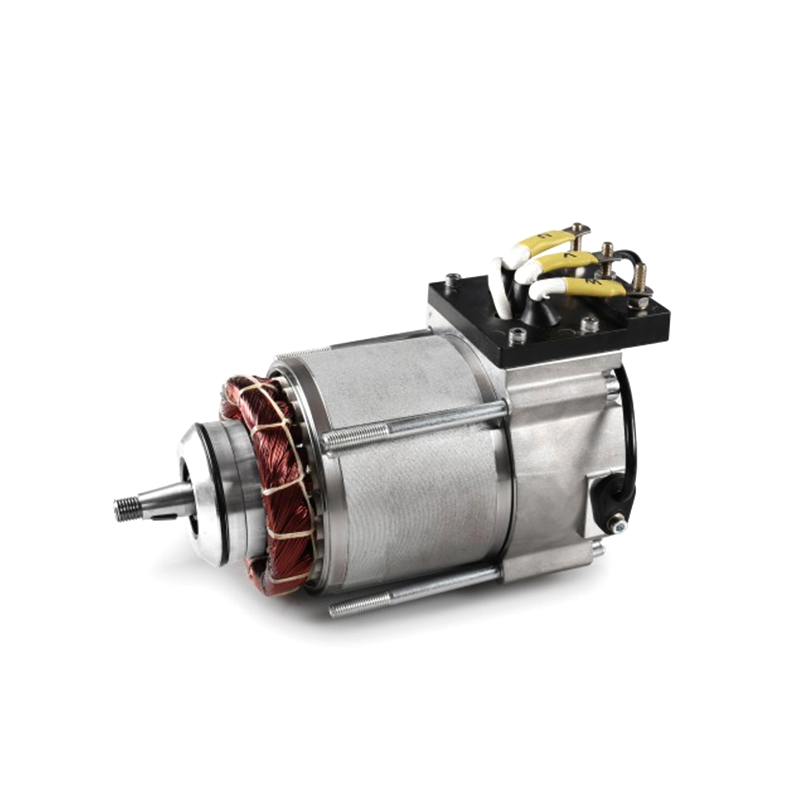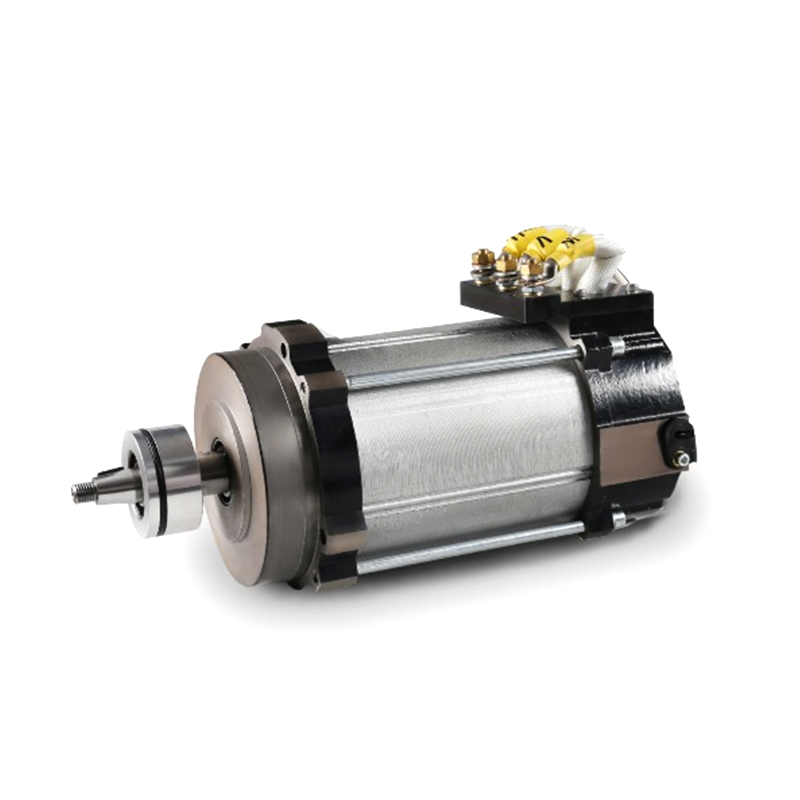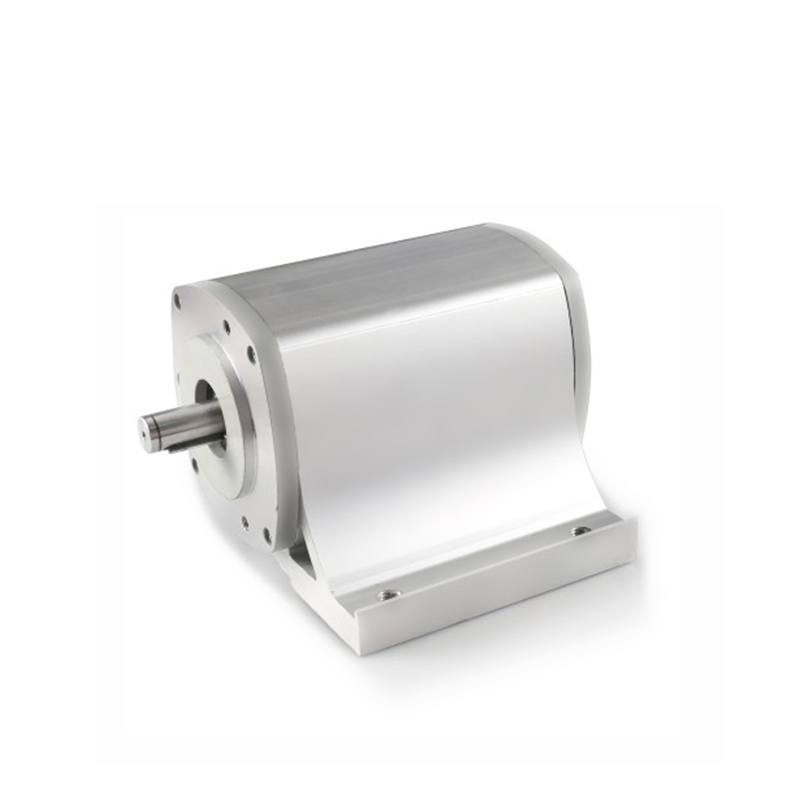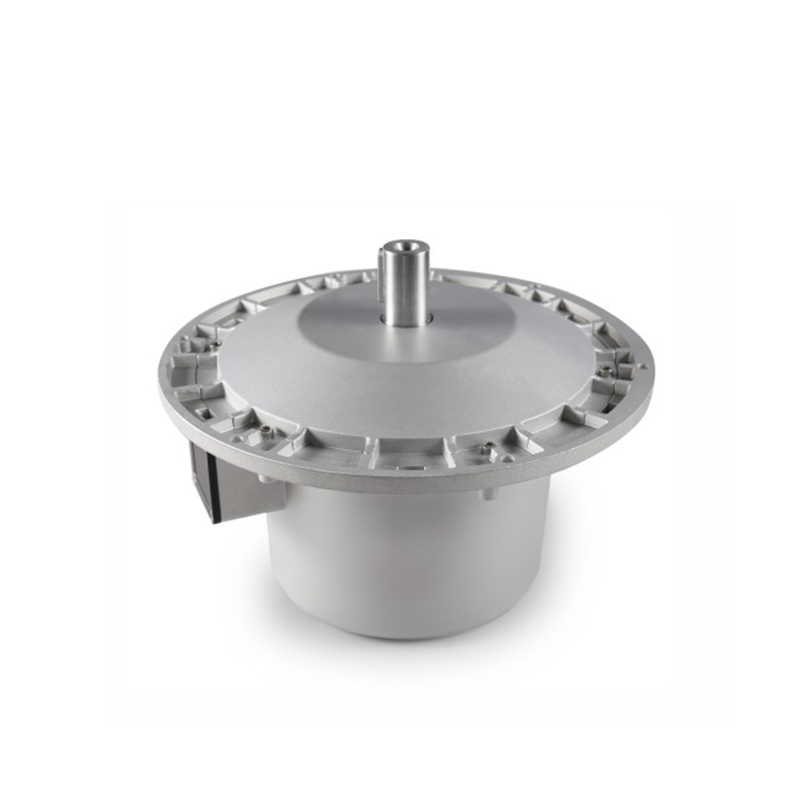What Are Brushed DC Motors and Why Are They Still Widely Used Today?
Electric motors are at the heart of countless machines and devices we rely on every day — from home appliances to cars, toys, and industrial equipment. Among the different types of motors available, brushed DC motors remain one of the most commonly used and recognized types, even in an era of advanced electronics and brushless technology.
But what exactly is a brushed DC motor, and what keeps it relevant in today’s rapidly evolving technological landscape?
In this article, we’ll answer these questions and explore how brushed DC motors work, their structure, advantages, and why they continue to serve important roles in both consumer and industrial applications.
What Is a Brushed DC Motor?
A brushed DC (Direct Current) motor is a type of electric motor that converts electrical energy into mechanical energy using carbon brushes and a commutator to deliver current to the motor windings. It operates on the basic principle of electromagnetism: when current flows through a conductor in a magnetic field, it experiences a force that causes motion.
The term "brushed" refers to the physical brushes that maintain electrical contact with the rotating commutator. These brushes enable current to flow into the motor's rotor (armature), generating a magnetic field that interacts with the stationary magnets or field windings in the stator.
How Does a Brushed DC Motor Work?
The operation of a brushed DC motor can be broken down into a few simple steps:
1. Electrical Current is Applied: When power is supplied, the current flows through the brushes into the commutator and armature windings.
2. Magnetic Interaction Occurs: The energized windings create an electromagnetic field that interacts with the magnetic field of the stator (either permanent magnets or wound field coils).
3. Rotor Turns: This interaction produces torque, causing the rotor (and the connected mechanical load) to rotate.
4. Commutator Reverses Current: As the motor turns, the commutator switches the direction of current in the armature windings to maintain continuous rotation in the same direction.
This elegant mechanical switching system allows the brushed DC motor to maintain rotation with consistent torque and speed — as long as voltage is applied.
What Are the Main Components of a Brushed DC Motor?
A typical brushed DC motor includes:
Rotor (Armature): The rotating part with windings that generate a magnetic field.
Stator: The stationary part that may contain permanent magnets or field windings.
Commutator: A segmented copper ring connected to the rotor that reverses current direction as the motor rotates.
Brushes: Usually made of carbon or graphite, these maintain electrical contact with the rotating commutator.
Shaft and Bearings: Enable smooth and supported rotation of the rotor.
This simple construction is one of the key reasons brushed motors are easy to build, use, and repair.
What Are the Advantages of Brushed DC Motors?
Despite the rise of brushless motors, brushed DC motors still offer several benefits:
1. Simplicity: Fewer electronic components mean easier design and integration.
2. Low Cost: Economical to produce, especially for lowprecision applications.
3. Easy Speed Control: Speed can be easily varied by adjusting the input voltage or current.
4. High Starting Torque: Brushed motors can produce strong torque at low speeds, useful in starting heavy loads.
5. Availability: Common and widely used in consumer products, making replacement and maintenance simple.
Where Are Brushed DC Motors Commonly Used?
Brushed DC motors are still found in a wide variety of applications, especially where simplicity and cost are important:
Consumer Electronics: Hairdryers, toys, handheld vacuum cleaners, and electric shavers.
Automotive: Windshield wipers, power windows, and seat adjustment systems.
Industrial Equipment: Conveyor belts, actuators, and small machinery.
Home Appliances: Mixers, blenders, and portable fans.
BatteryOperated Tools: Power drills and screwdrivers often use brushed motors due to their high torque.
Even in robotics and hobbyist projects, brushed motors are favored for their ease of control and immediate response.
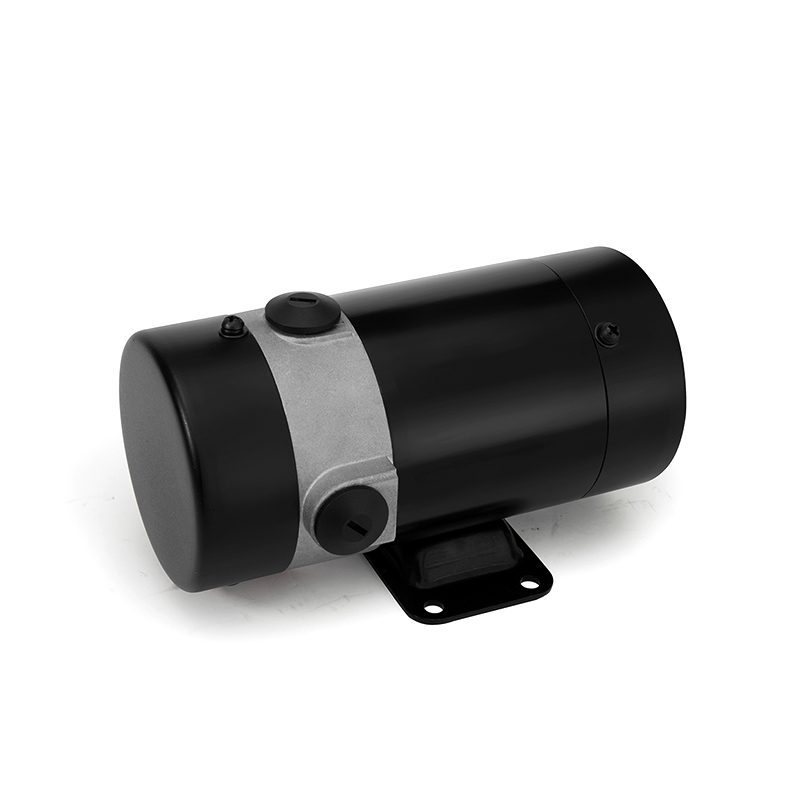
What Are the Limitations of Brushed DC Motors?
Although widely used, brushed DC motors do have some drawbacks:
Brush Wear: The brushes and commutator wear out over time, requiring maintenance and replacement.
Sparking and Noise: The mechanical contact between brushes and commutator can cause electrical noise and sparking.
Lower Efficiency: Compared to brushless motors, brushed motors tend to be less efficient and generate more heat.
Limited Lifespan: Because of friction and mechanical wear, their operational life is typically shorter.
These disadvantages have led to increased use of brushless DC (BLDC) motors in newer applications where long life and high efficiency are crucial.
Why Are Brushed DC Motors Still in Use?
The continued use of brushed DC motors is mainly due to their costeffectiveness, simplicity, and reliability in certain roles. In applications where precision control, high efficiency, or longterm maintenancefree operation is not a critical concern, brushed motors remain a logical and trusted choice.
Additionally, their ability to work well in lowvoltage and batterypowered environments makes them ideal for portable devices and entrylevel automation systems.
How Can the Lifespan of a Brushed DC Motor Be Extended?
While brush wear is inevitable, several practices can extend the motor's useful life:
Proper ventilation to reduce heat buildup.
Smooth and clean power supply to avoid electrical spikes.
Regular maintenance, including checking brush wear and replacing brushes when needed.
Avoiding overload and matching the motor to the correct load size.
By using these methods, users can maximize motor performance and reduce downtime.
Conclusion
Brushed DC motors may be an older technology, but they’re far from obsolete. Their straightforward design, affordability, and adaptability make them a staple in many everyday and industrial applications. While they do have limitations in terms of lifespan and efficiency, these are often outweighed by their advantages in simple or shortcycle tasks.
Whether you're building a toy, designing a household appliance, or operating a small machine, a brushed DC motor remains a reliable and accessible power source. As long as the demand for lowcost and easily controlled electric motion exists, brushed DC motors will continue to play a vital role in the world of electromechanical engineering.
-
Feedback
Hotline:0086-15869193920
Time:0:00 - 24:00


 English
English Deutsch
Deutsch italiano
italiano 中文简体
中文简体

